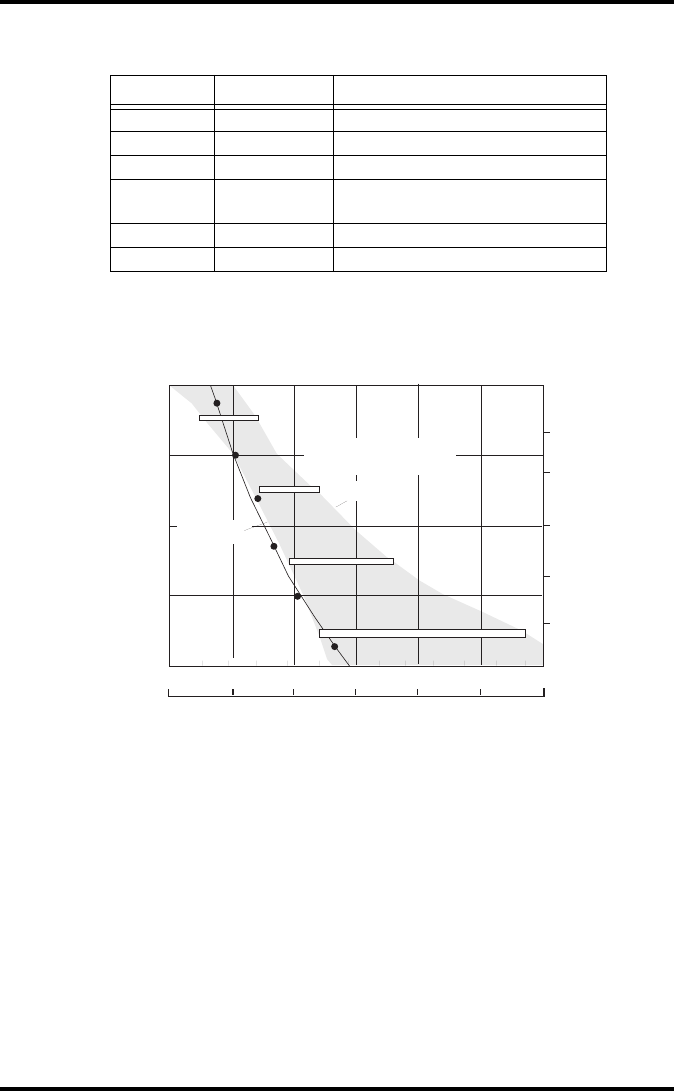
45
UV Index
Vantage Pro2 can also display UV Index, an intensity measurement first defined by
Environment Canada and since been adopted by the World Meteorological Organiza-
tion. UV Index assigns a number between 0 and 16 to the current UV intensity. The US
EPA categorizes the Index values as shown in table A-3. The lower the number, the
lower the danger of sunburn. The Index value published by the U.S. National Weather
Service is a forecast of the next day’s noontime UV intensity. The index values dis-
played by the Vantage Pro2 are real-time measurements.
T
ABLE A-2: ENVIRONMENT CANADA SKIN TYPES AND
REACTION TO THE SUN
A
Skin Type Skin Color History of Tanning & Sunburning
I White Always burns easily, never tans
II White Always burns easily, tans minimally
III Light Brown Burns moderately, tans gradually
IV
Moderate
Brown
Burns minimally, tans well
V Dark Brown Burns rarely, tans profusely
VI Black Never burns, deep pigmentation
a. Developed by T. B. Fitzpatrick of the Harvard Medical School.
More about the Fitzpatrick Skin Types is available in: Fitzpatrick
TB. Editorial: the validity and practicality of sun-reactive skin types
I through VI. Arch Dermatol 1988; 124:869-871
UV Dose that
Causes Sunburn
All Burn
Some burn
I
II
III
IV
V
VI
1
2
3
4
Skin Type (Environment Canada)
Skin Phototype (EPA)
UV Dose (MEDs)
12345
6
20 40 60 80 100 120
mJ/cm
2
UV Dose and Sunburn - Use this plot to estimate the MED dose leading to
sunburn. A person with Type II (Environment Canada) skin type might choose
0.75 MED as the maximum for the day; in contrast, a person with Type V
(Environment Canada) Skin Type might consider 2.5 MEDs a reasonable
dose for the day. NOTE: the Vantage Pro2 assumes a Fitzpatrick (Environ-
ment Canada) Skin Type of II.


















